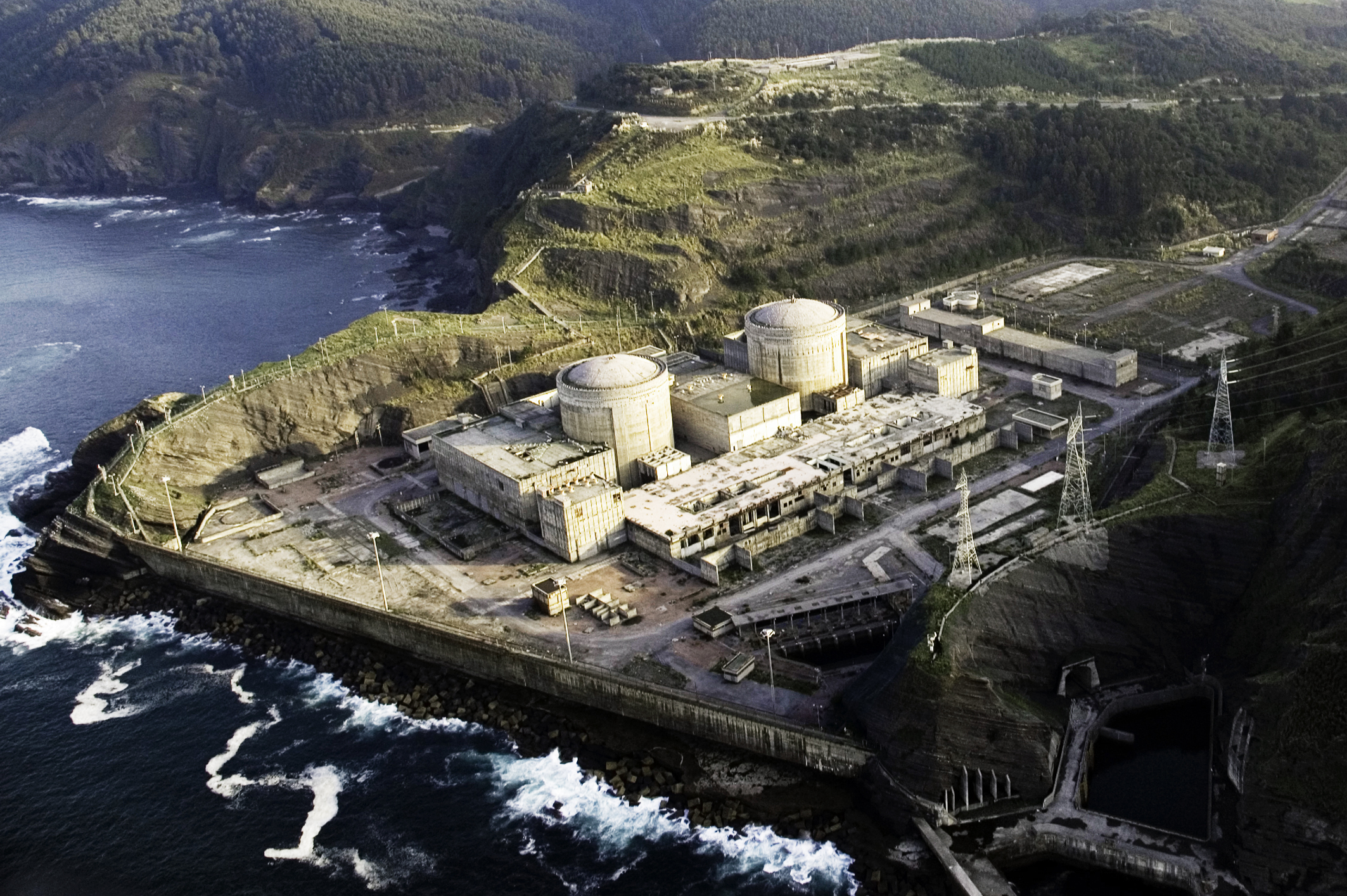

In Gernika, the Guggenheim museum 127 million, the construction of an incinerator outside Vitoria-Gasteiz 35 million, five wind farms in several Álava mountains 270 million, the photovoltaic facilities of Armiñón 90 million, the biomass plants of Lantarón 71.2 million, the former Nuclear Power Plant of Lemoiz 117 million Basque plants, and
The Basque Government has received a total of 188 such projects in the Euskadi Next Plan, agreed with the municipalities of Bilbao, Donostia-San Sebastián and Vitoria-Gasteiz and the deputies of Álava, Bizkaia and Gipuzkoa. These European funds are intended to provide EUR 5,702.6 million, which would mean a total investment of EUR 13,135 million, as none of the grants or credits fully finance the projects.
They have presented numerous projects for the prevention of old age, the digitalisation of administration and education, urbanism, natural disasters, and although some seem interesting through the reading of the exhibition, it is clear, on the one hand, that the PNV and the PSE have taken a step further in the political direction that they have taken in the last legislatures – such as selling incinerators as a tool against climate change – and in the CSD. In addition, the projects that claim the most money are not measures taken by the climate emergency and many of them are projects that the PNV or the PSE have carried out in their electoral programs in the past legislatures, but have not managed to implement.
ARGIA has obtained a confidential document from the recommendations made by the consultant PwC to make the first list of projects selected by Lakua attractive, in which it can be seen that these loans, among others, have been used to build the second line, the sections of the TAV or the second tranche of the Super Sur in the incinerator of Zabalgarbi in Bilbao. Although the three that we have just mentioned have been removed from the list to try to channel them in another way, it is clear that the political philosophy behind it is the same. In addition, in the Basque parliaments and capitals, it is clear that the small role that the opposition has played in selecting these projects, and in many cases the lack of information.

The project with the highest economic weight is the Basque Hydrogen Corridor – BH2C. It is a project of EUR 1.144 million, of which EUR 220 million is intended to be used to collaborate with companies such as Petronor, Repsol or Sener. The aim is to promote the production and use of hydrogen and synthetic fuels.
The second project that stands out is the urban regeneration or urban regeneration of the “most affected neighborhoods” of the cities. The Basque Government expects an expenditure of EUR 1,130.4 million. In cooperation with private companies, “it aims to promote a sustainable, uniform and inclusive economic recovery in the most disadvantaged areas. With this, we want to achieve a new form of intervention in cities, promoting urban regeneration”.
Another major project for construction companies is the regeneration or regeneration of industrial soils. To this end, EUR 885 million has been provided, and as a bait for European subsidies, following the advice of PwC, the Basque Government has announced that it will work to put “strategic projects” in these locations.
The project “Capilla Volt Gigafactory” for the production of lithium and ion batteries for electric cars with Iberdrola, Petronor, Enagas, Irizar and MCC; projects such as “care economies” related to aging (282 million) or OsasunBerri (199 million), and in the training area Donostia Talent House, the international entrepreneurship center with more than 20 million people. With mobility, line 5 of the metro of Bilbao, Sarratu (Basauri) - rail connection between Galdakao and the Hospital de Usansolo (350 million) or Vitoria-Gasteiz Mobility Lab (327.5 million), among other projects directly related to culture, are the first unknown in the general photograph, whether the digital library of Euskadi (2.9 million) Finally, we should mention the project presented by the City Hall for the installation of electric car chargers in the hotels in Donostia.